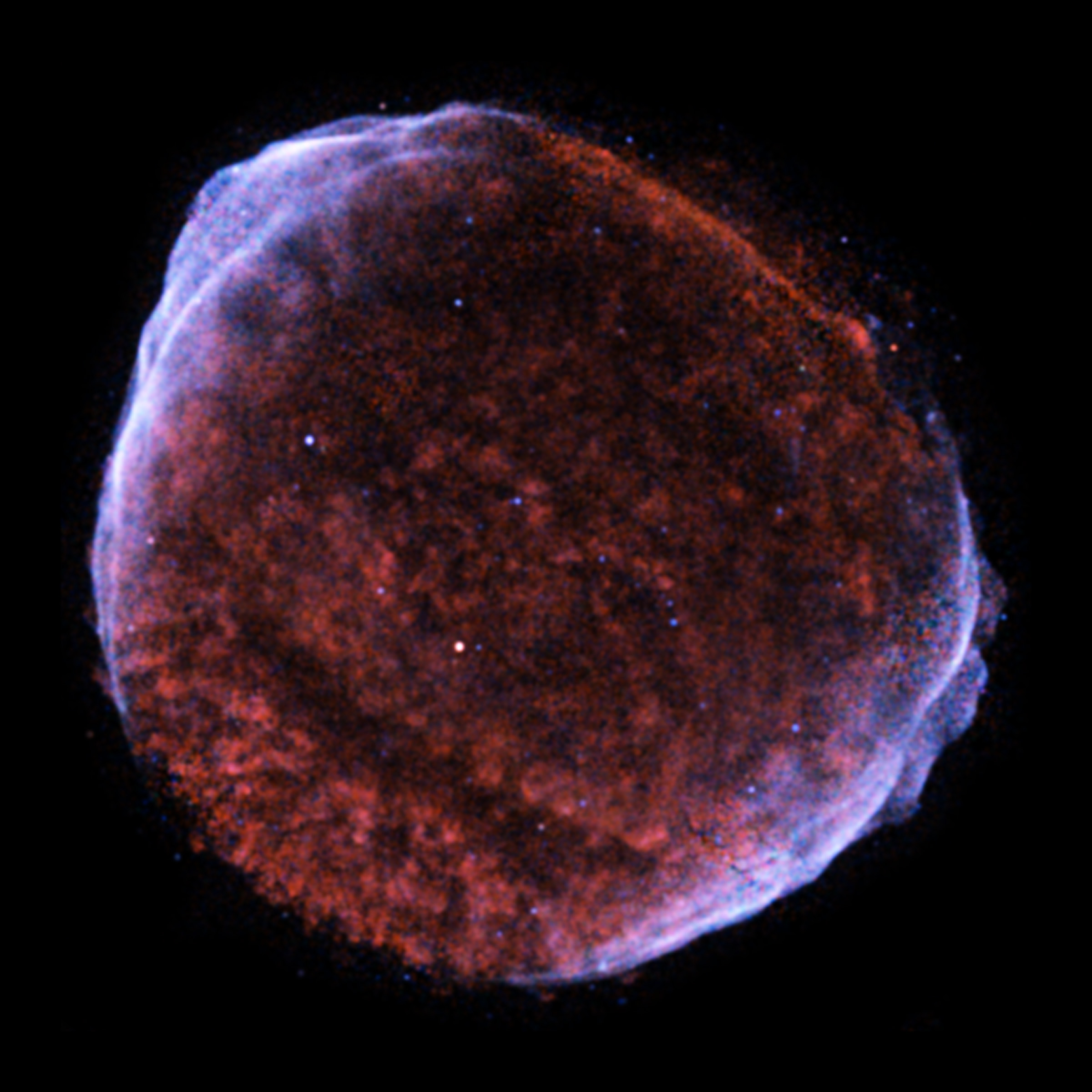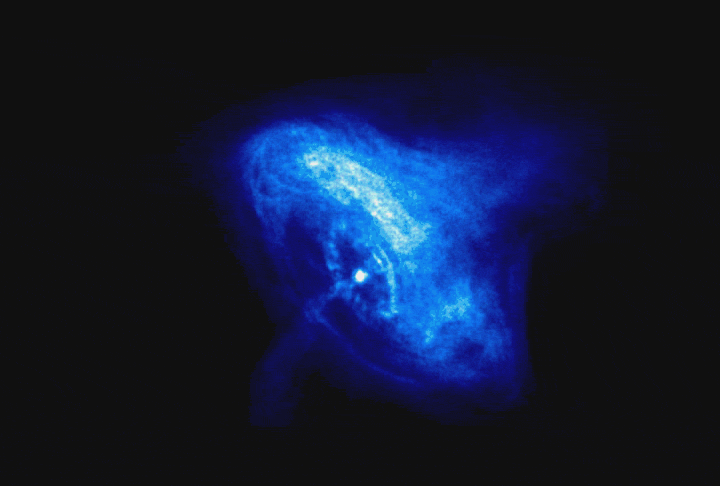
Recent papers:
K. Abe, S. Abe, A. Abhishek, et al.
"Constraining the TeV Gamma-Ray Emission of SN 2024bch, a Possible Type IIn-L from a Red Supergiant Progenitor — Multiwavelength Observations and Analysis of the Progenitor", A&A 702, A125(12pp) (2025)
D. Yonetoku , A. Doi, T. Mihara, et al.
"Concept of High-z Gamma-Ray Bursts Unraveling the Dark Ages and Extreme Space-Time Mission-HiZ-GUNDAM", JATIS 11(04), 044002(16pp) (2025)
K. Abe, S. Abe, A. Abhishek, et al.
"VHE γ-Ray Observations of Bright BL Lacs with the Large-Sized Telescope Prototype (LST-1) of the CTAO", MNRAS 544, 669-686 (2025)
S. Abdollahi, L. Baldini, R. Bellazzini, et al.
"Combined Dark Matter Search towards Dwarf Spheroidal Galaxies with Fermi-LAT, HAWC, H.E.S.S., MAGIC, and VERITAS", arXiv:2508.20229, submitted to JCAP
Previous papers are here.




